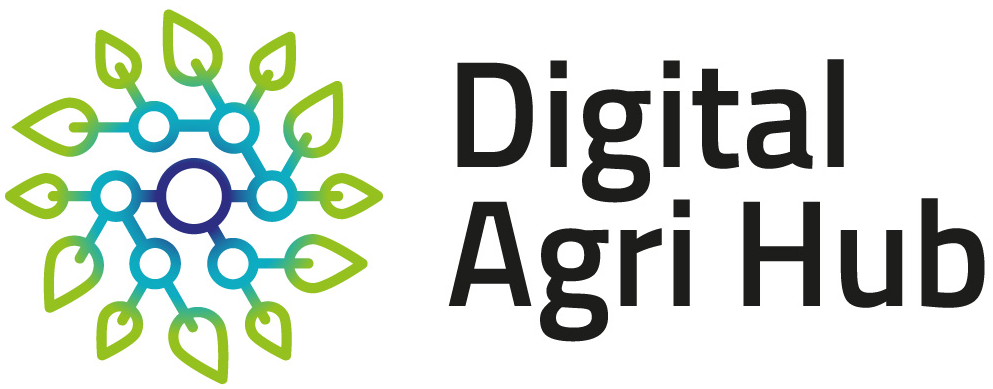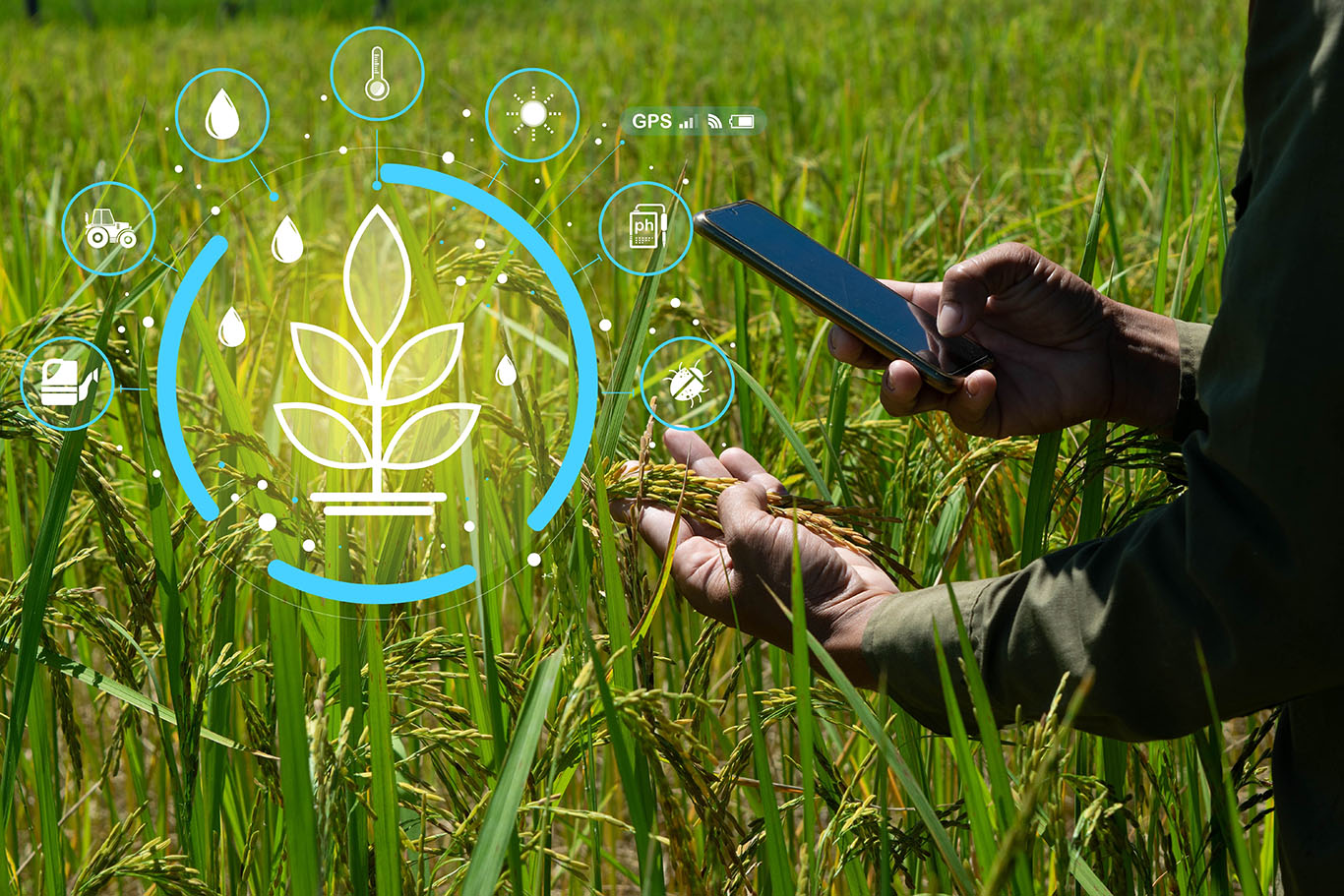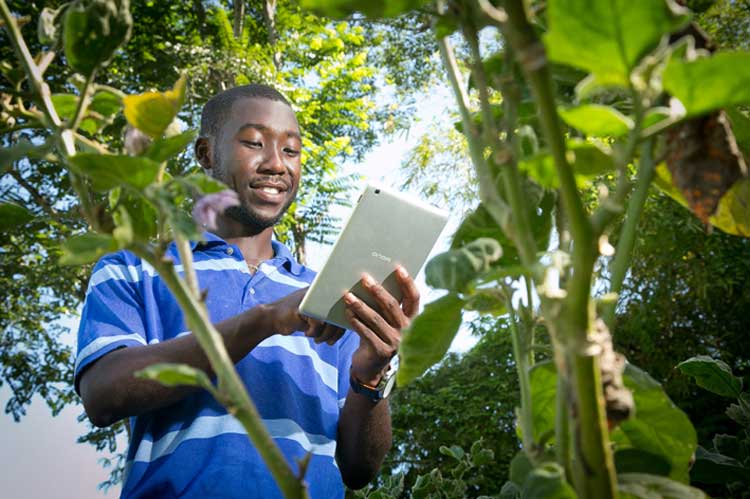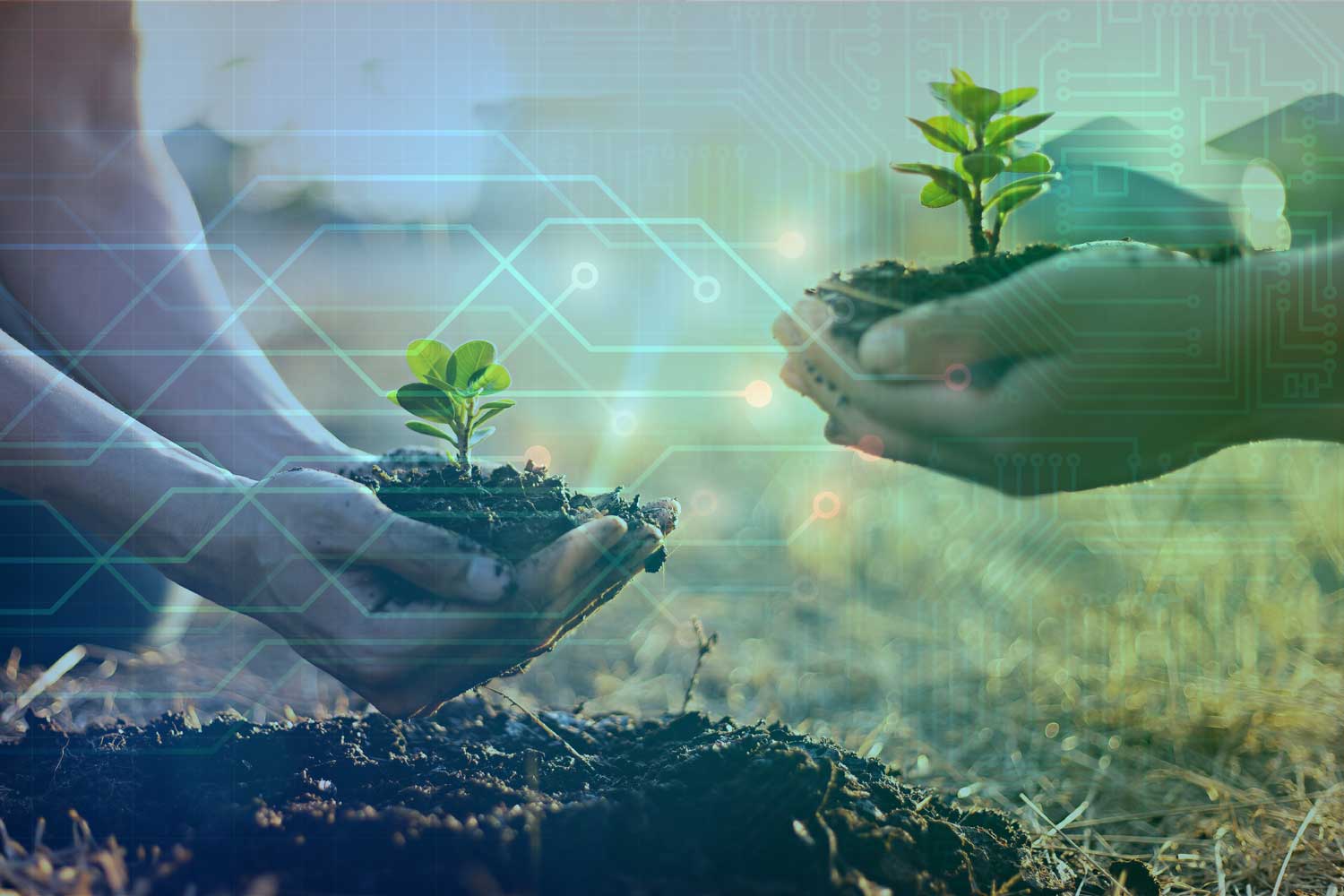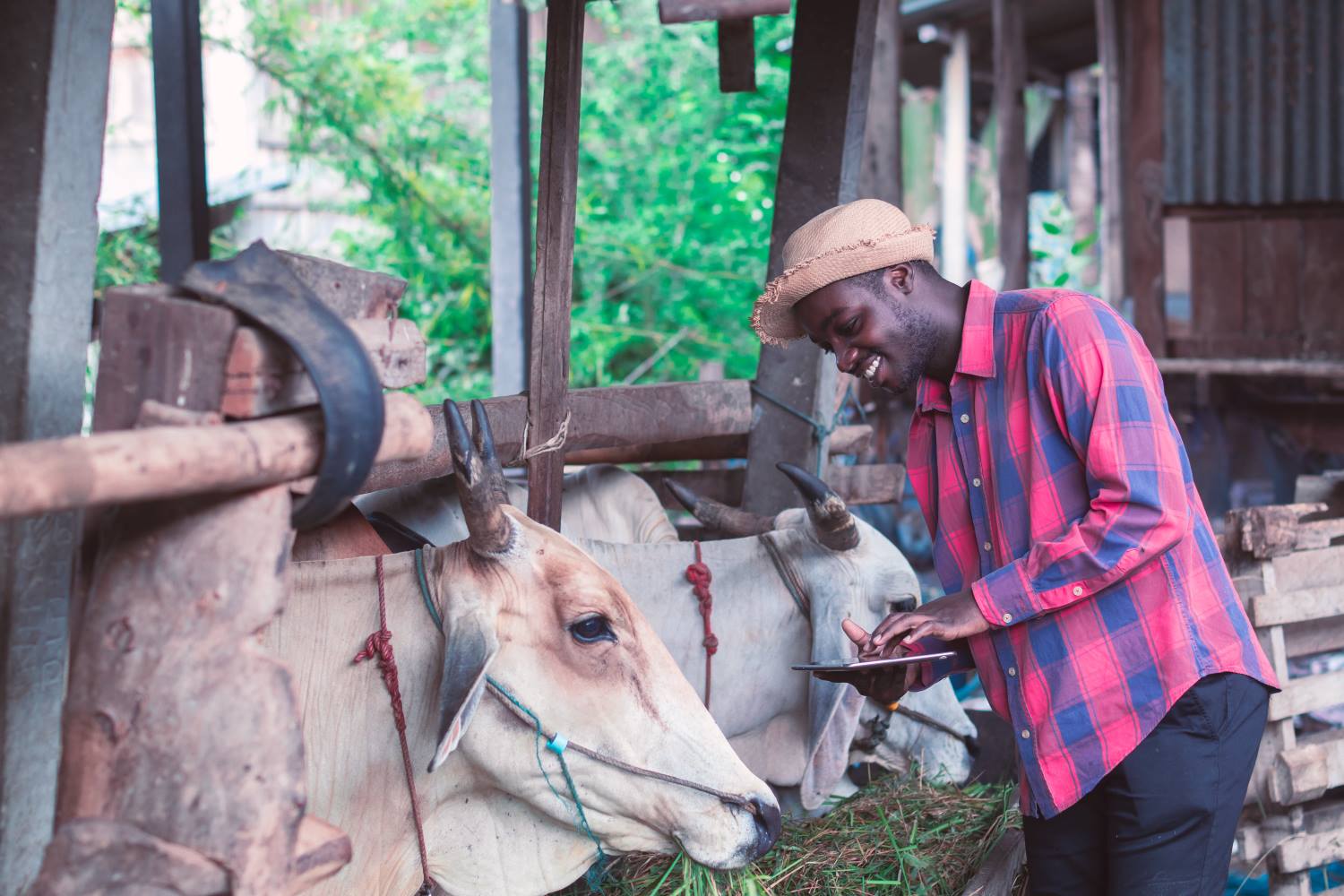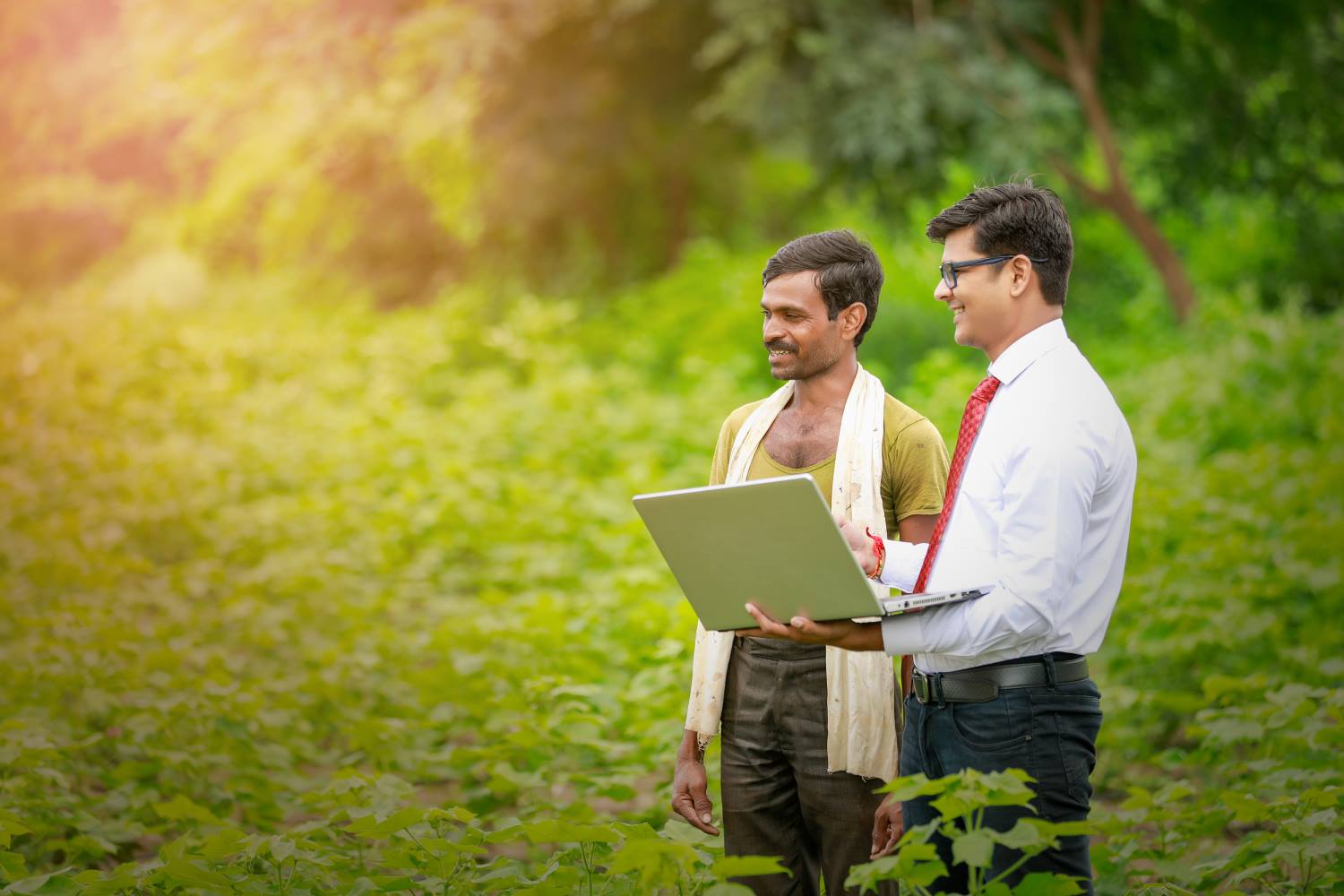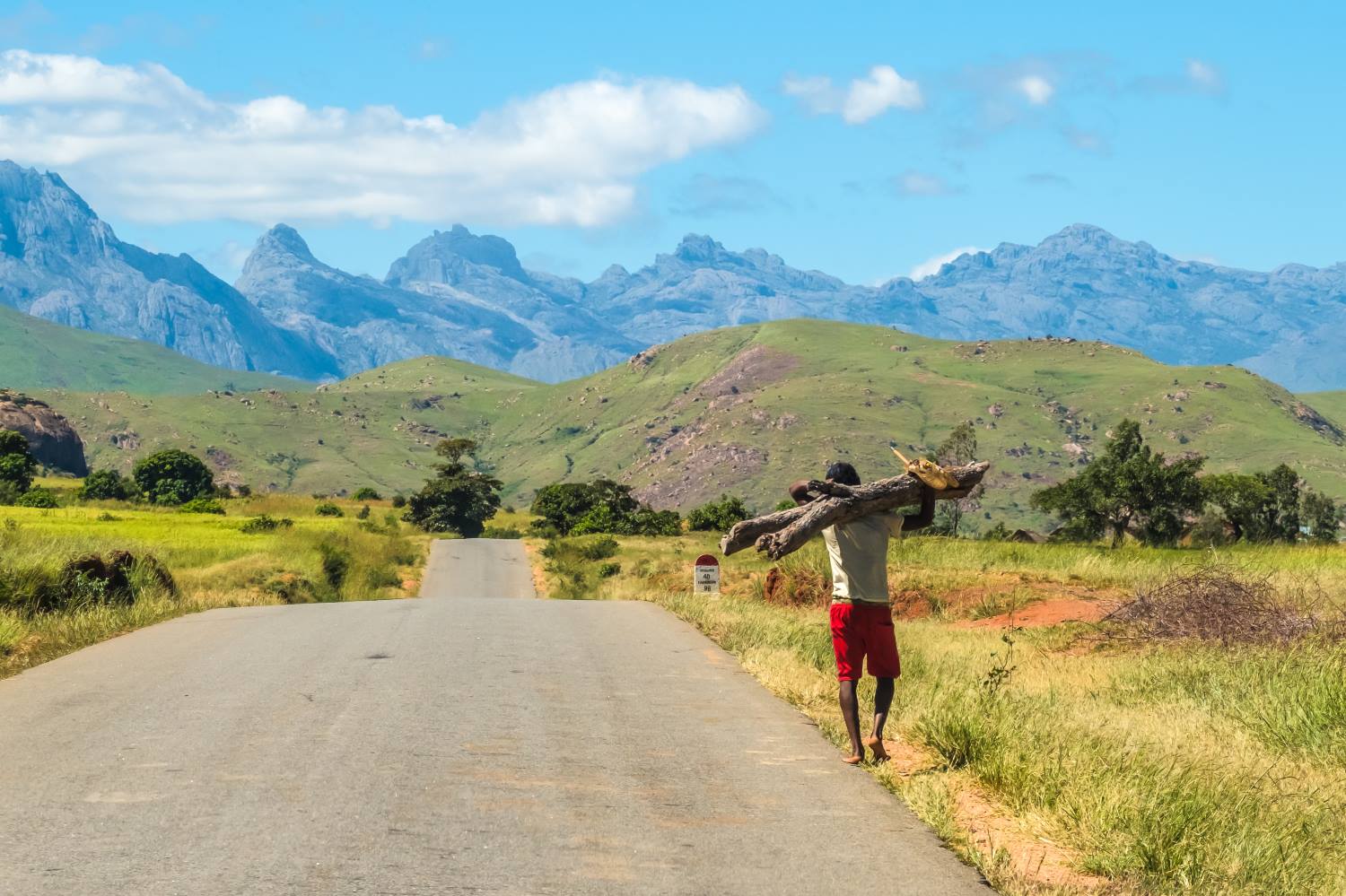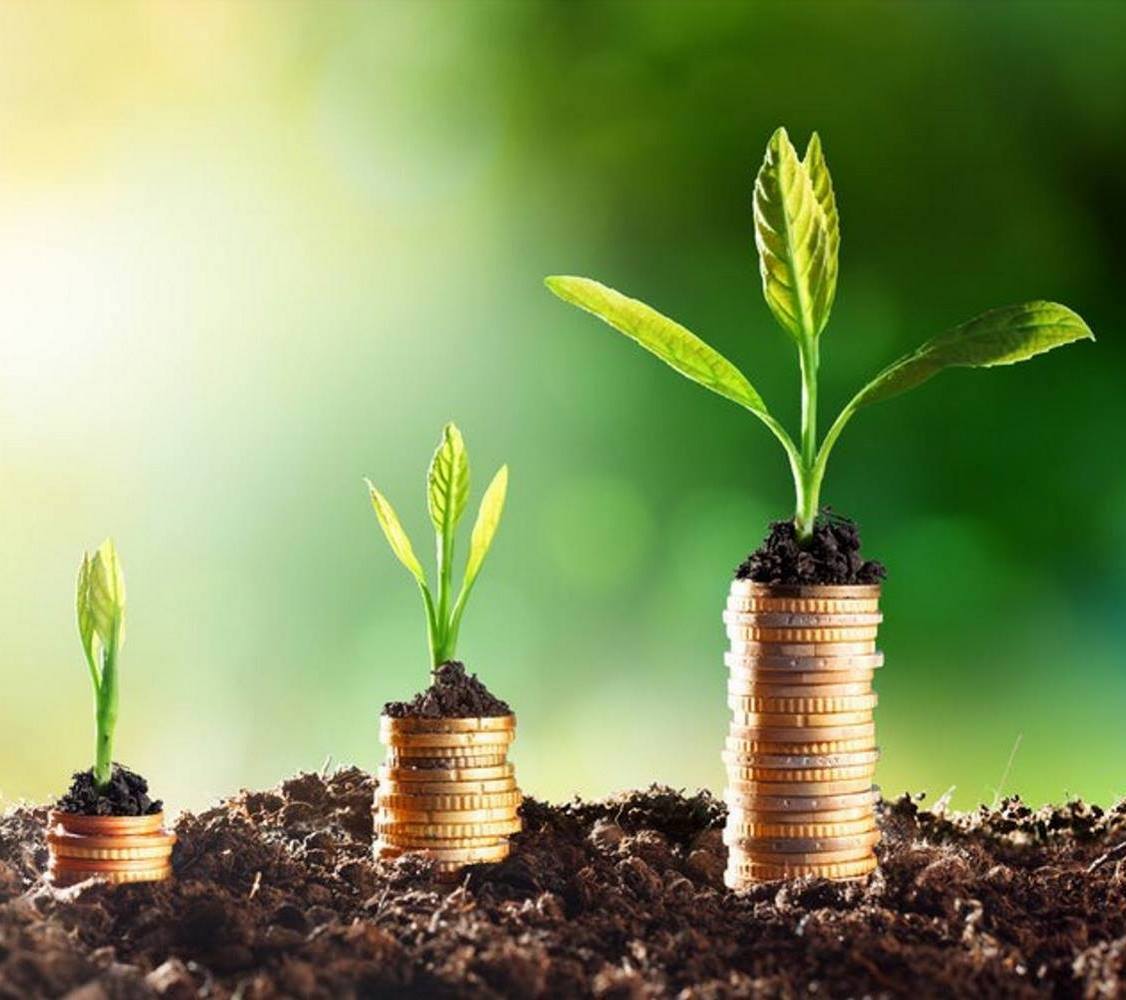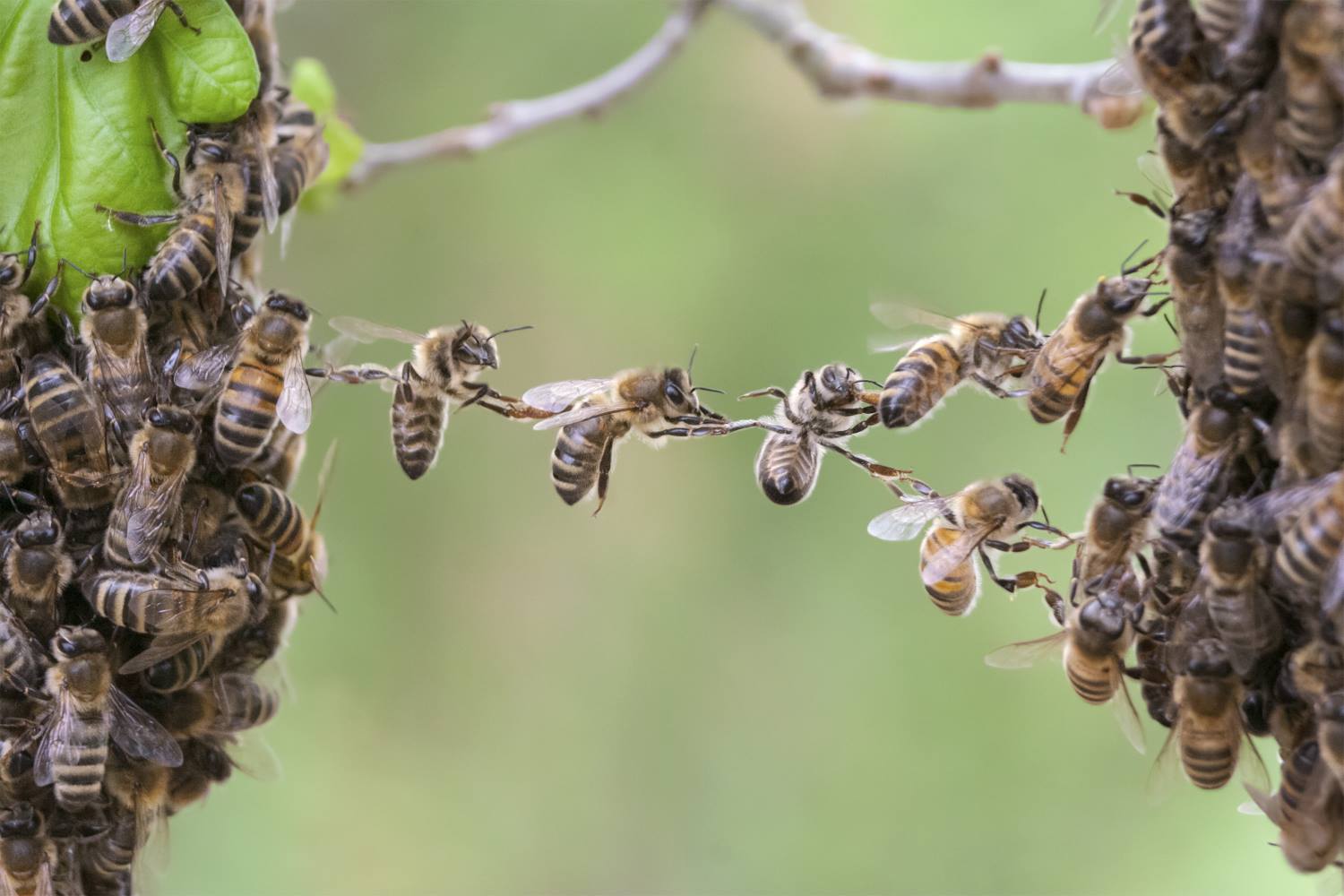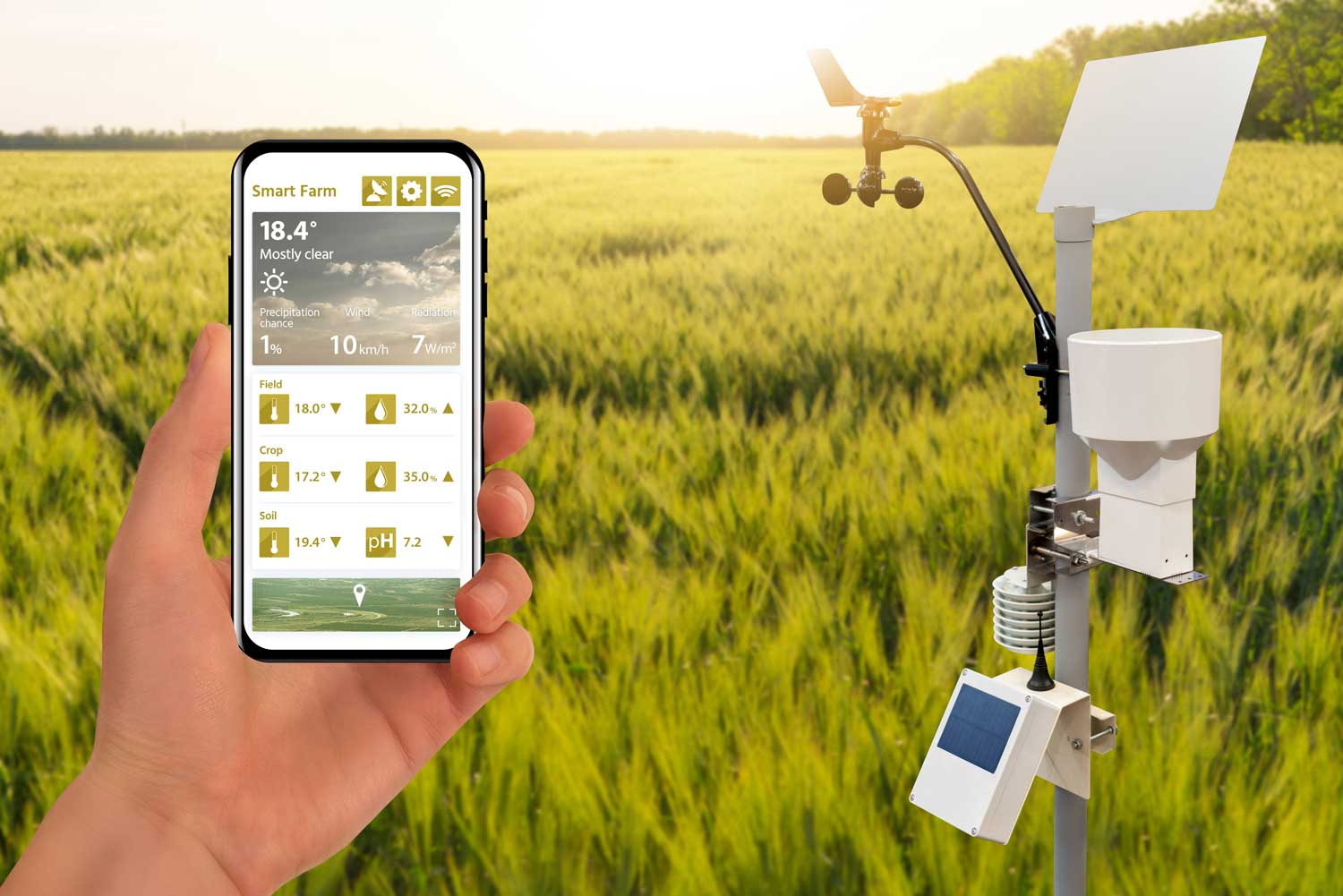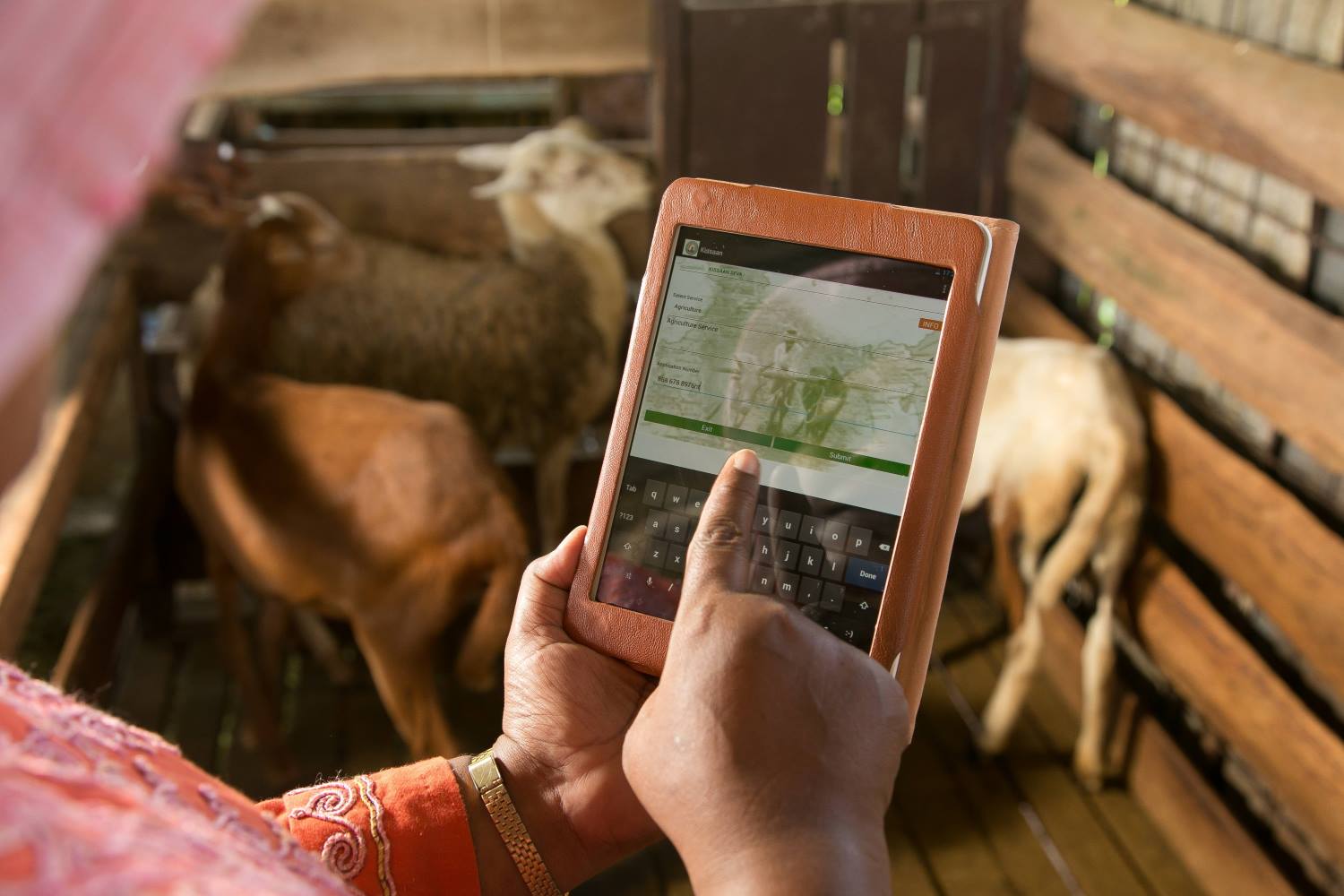Unpacking the Gender and Inclusion Nexus to Transform the Digital Agriculture Landscape
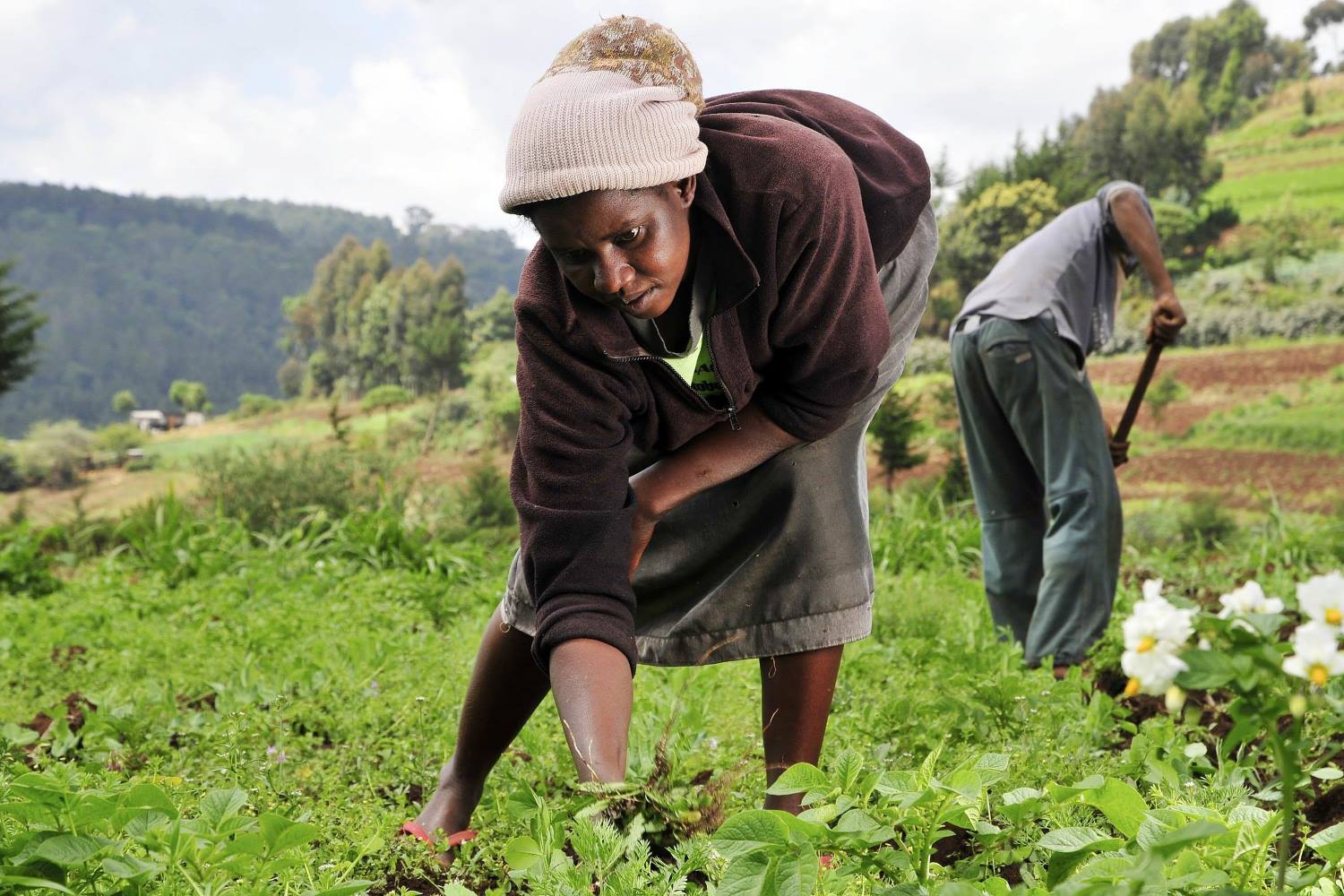
Unpacking the Gender and Inclusion Nexus to Transform the Digital Agriculture Landscape
Author: Eunice Likoko
Publish Date: 11 October 2021
In a world where digitalisation is gaining traction at an unprecedented rate, it is important to look beyond smallholder farmers as a homogenous entity. In low-and middle-income countries, core agricultural actors, such as women and minority communities, are often excluded from digital agricultural solutions. Given the scope for digital technologies to help transform food systems and agribusiness, there is a growing imperative to develop policies and strategies that can provide equal opportunities for all. Digital agricultural solutions need to be designed to increase productivity and incomes, and build resilience for the diversity represented within the ranks of small-scale farmers. Approaches that specifically focus on women and marginalised groups will therefore be an essential component of any digital agricultural strategy that aims to deliver sustainable growth and inclusive transformation of agri-food systems.
So what do gender and inclusion entail in the context of digitalisation for agriculture (D4Ag)? Inclusion involves enhancing the abilities, opportunities and dignity of the disadvantaged, based on their identity, age, disabilities, economic status, education, culture and/or geography. Gender refers to the socially constructed differences in access to resources and experiences between men and women. Gender and inclusive strategies are fundamental to increasing opportunities and access to resources for all, ensuring that everyone has a voice and enjoys respect of their rights. They integrate the concerns and experiences of women and marginalised groups in the design, implementation and assessment of policies and programmes, so as to ensure equitable opportunities.
Building the case
Understanding existing gender and inclusion barriers is important in building a strong foundation to develop contextually relevant interventions and digital solutions by different actors in the food system. A widening digital divide is currently leading to growing limitations and differences in how women, youth, people with disabilities, people with low literacy, minorities, the elderly, the digitally illiterate, and those with limited power in society experience technology. Areas affected include the use, incooperation and regular adoption of innovative solutions and access to these and knowledge databases’. In addition, the advance of D4Ag solutions may contribute to new digital divides across diverse populations in ways not previously anticipated, as the technologies are likely to be easier to use for some groups than for others.
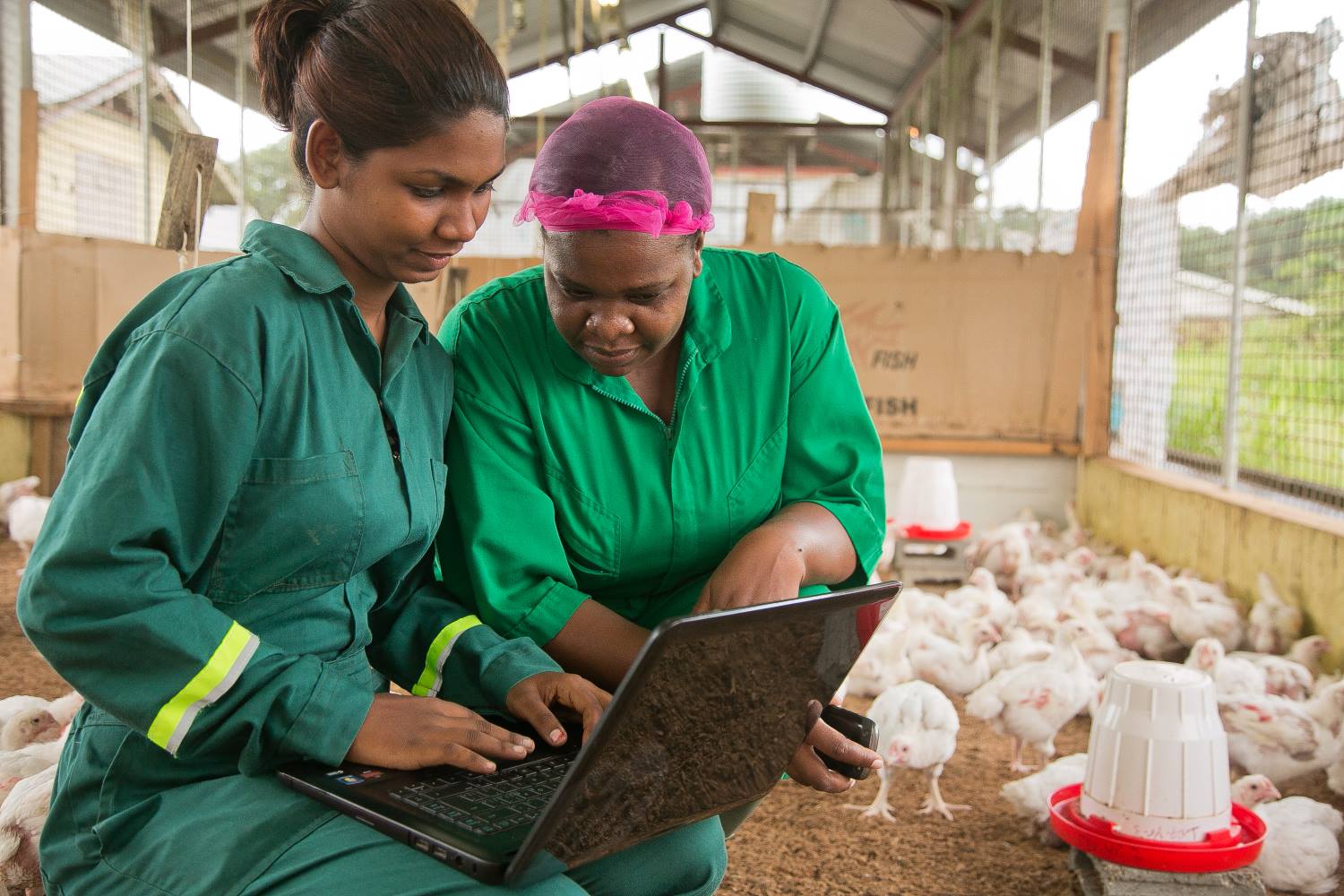
Exclusion from the use of digital agricultural solutions emanates from a variety of barriers related to unique limitations that women and marginalised groups tend to face. Often, these remain unaddressed, so the solutions created do not align with the needs of those specific groups; as a result, these people risk falling through the cracks of digital innovation. Common limitations include mobility and the cost, structure, design and accessibility of digital technologies. For example, if a household only has one mobile phone, it will often be the men who have access to it. Persistent socio-economic inequalities coupled with unanticipated events, including the global COVID-19 pandemic, have further widened the digital divide. This hinders the ability of some marginalised groups to earn a reasonable income, benefit from employment opportunities or improve their access to valuable knowledge. Issues of Internet accessibility, relevance and affordability, as well as education, language skills and income are additional limiting factors when it comes to the use of D4Ag technologies by women and others on the margins of society.
Digital solutions are often designed without considering the unique needs of excluded groups in society – a one-size-fits-all approach that prevents marginalised groups from enjoying the benefits. Although women play a key role in agricultural production, they are less predisposed to digital agricultural solutions. Gender and inclusion data provide information that providers can use to develop D4Ag designs which address the unique barriers faced by women and marginalised groups. But for this approach to take hold, there is a need to promote the diversity of smallholder farmers as the ultimate beneficiaries.
Equitable access, gender and inclusion mainstreaming
Improved access to digital agricultural services and products for women and marginalised groups will be stimulated by understanding and addressing the limitations that they face in accessing them. Intervention strategies need to go beyond the minimal participation of excluded groups, shifting the focus to empowering approaches that address underlying barriers and promote the sustainable and meaningful adoption of digital solutions. Simply reaching women does not ensure that they will benefit from an innovation; supplying them with a one-off benefit that improves their livelihoods does not ensure that they will be empowered. For example, providing marginalised groups with training sessions will not guarantee their capacity to overcome their fundamental barriers in accessing digital technologies. Likewise, solely focusing on women benefitting from project activities such as access to weather information does not address fundamental structures, cultural norms and policies that limit the well-being of women and other excluded groups.
Better integration of inclusion priorities in digital initiatives can be facilitated by understanding the experiences of men, women and other marginalised groups, and adapting the solutions to specific needs, so as to provide access and partnerships that promote the right mix of agricultural intervention tools to address the challenges faced by excluded groups. In this context, Digital Agri Hub is firmly committed to providing data that can help to understand digital inclusion in agriculture, and to generating insights that support inclusive empowerment of all actors in digital solutions across low-and-middle-income countries.
